
Corso Italia - one of the main arteries of Genoa, representing the street and popular promenade.
Built in the first decades of the twentieth century, this place has quickly become one of the most important for walking and recreation in the city, among the Genoese, and guests of the city.
The length of the Corso Italia, is about 2.3 kilometers. It starts in the Eastern part of the area Foce / Foce (from the streets Corso Guglielmo Marconi, Via Giuseppe Casaregis) and runs along the coast of Albaro neighbourhood / Albaro, to the ancient fishing village of Boccadasse, which is the pearl of the East coast of Genoa.
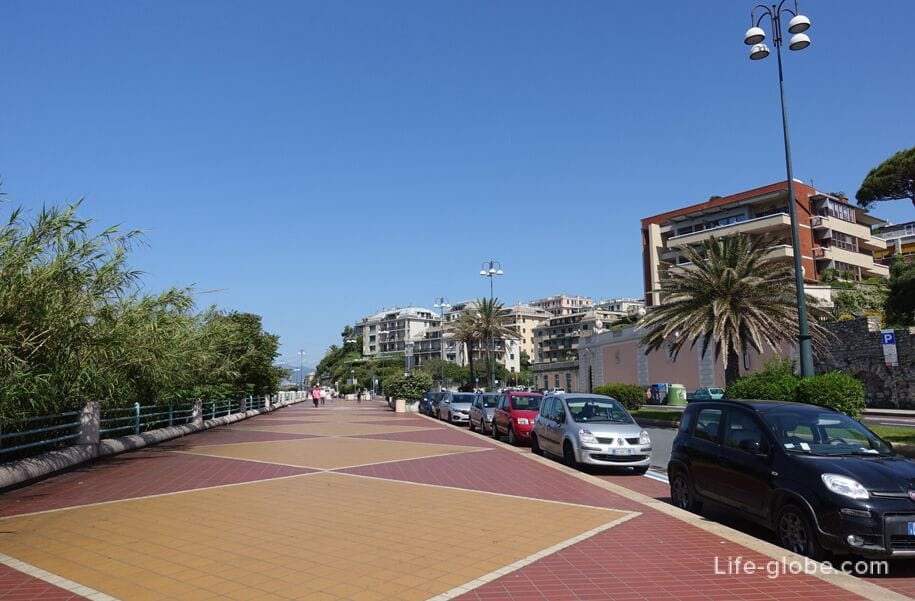
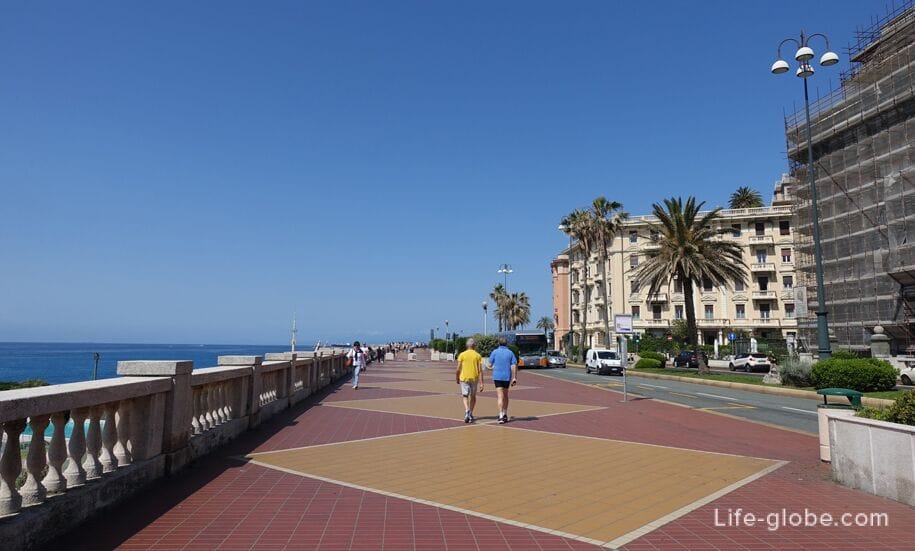
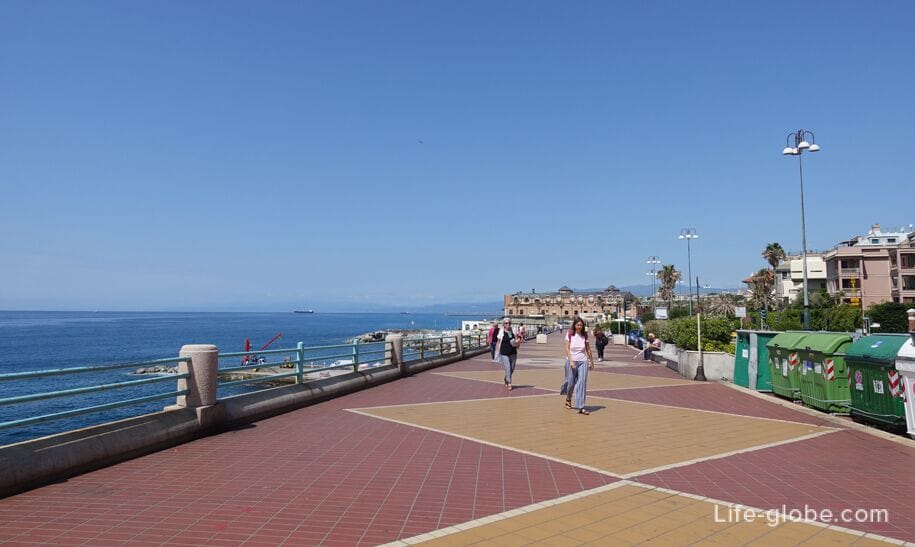
From the sea, along the Corso Italia, runs a series of beaches, most of which represent equipped Bangui (Lido beach clubs) with all necessary infrastructure for a comfortable beach holiday.
The beaches along the Corso Italia in the area of Foca
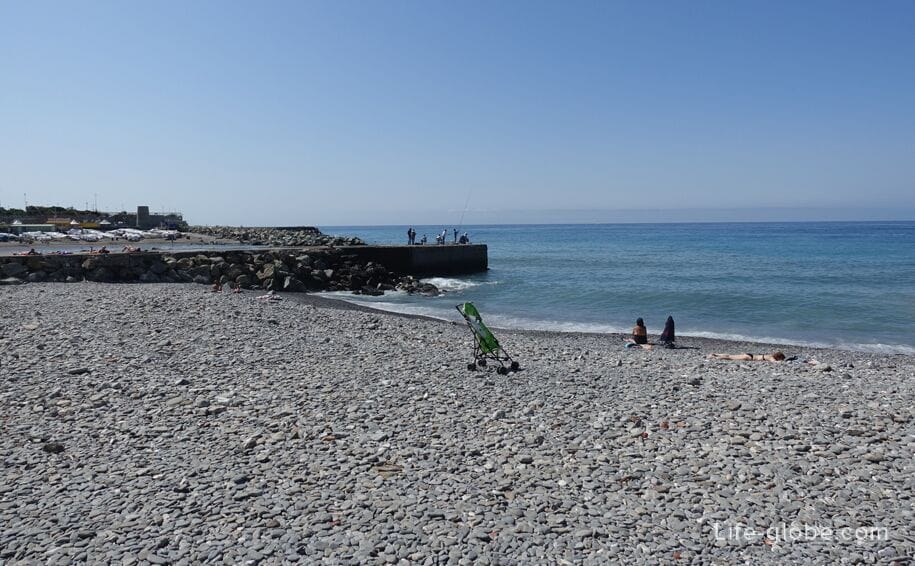
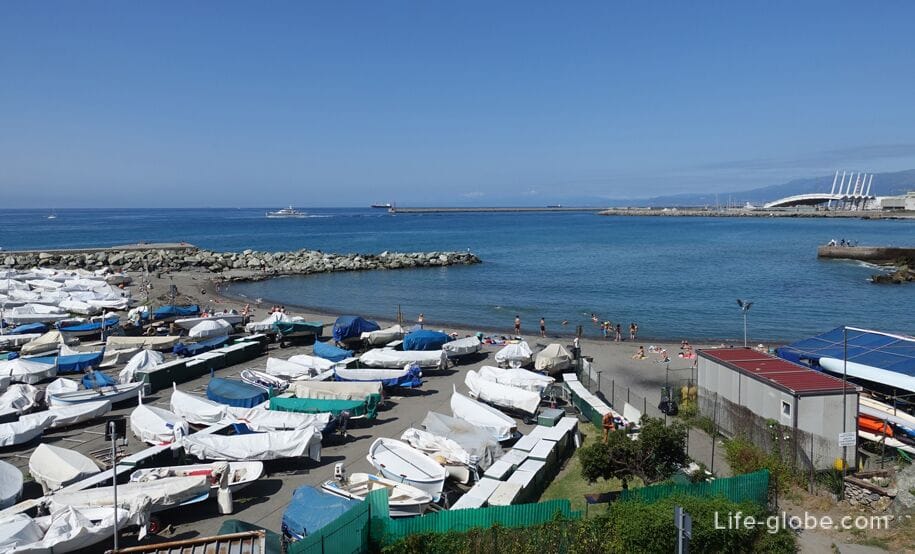
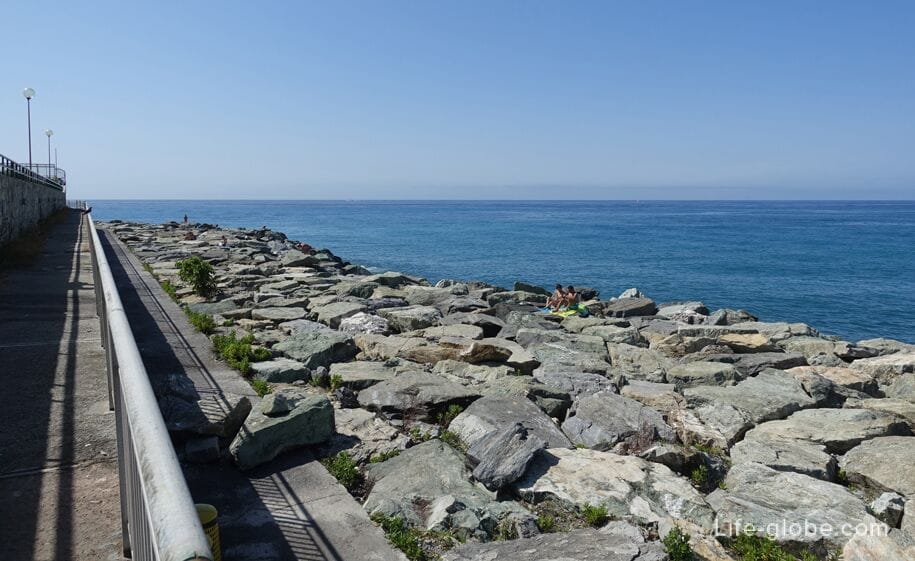
The beaches along Corso Italia, in district of Alvaro

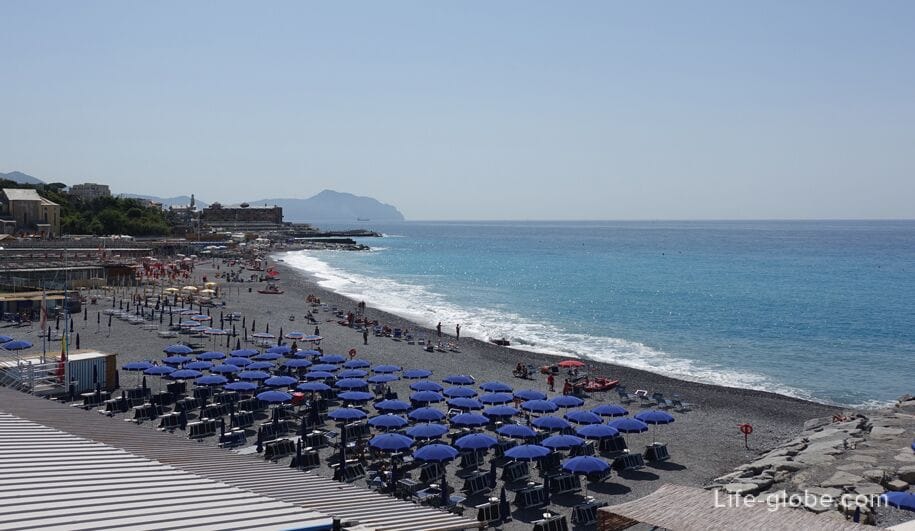
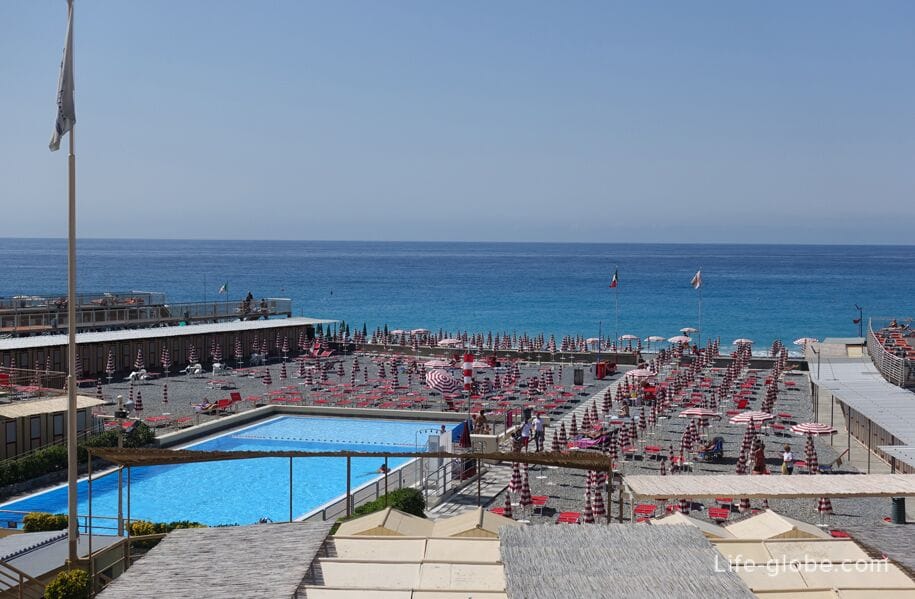
Among Lido (bathing areas) on the sea side of the road, remarkable bathing-recreational complex, originally called the Lido d'Albaro (later the Lido Nuovo), built in 1908, simultaneously with the commencement of construction works at Corso Italia.
In the fifties Nuovo Lido has gained nationwide fame as the podium for the competition of Miss Italy.
Now Lido beach has several terraces, showers, pools, food establishments and other infrastructure.

Along Corso Italia notable historical villas and mansions , former residences of wealthy segments of the population, which began to build in the early 16th century aristocratic families of the Genoese ruling class.
The villas were designed by the best architects of those times. The construction of the villas continued during the following centuries, until the late 18th and early 19th centuries.
Houses were built also in the first decades of the 20th century. They are attractive to those that reflect the architectural styles of the time: Gothic revival, art Nouveau and rationalist buildings.
Some villas can be seen walking along Corso Italia, toga others are in the depths of Albaro neighbourhood.

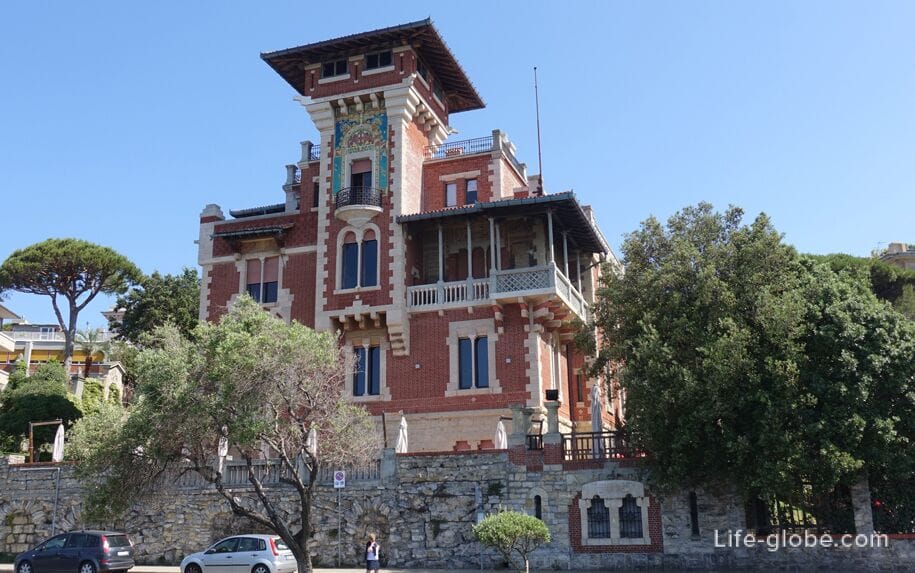
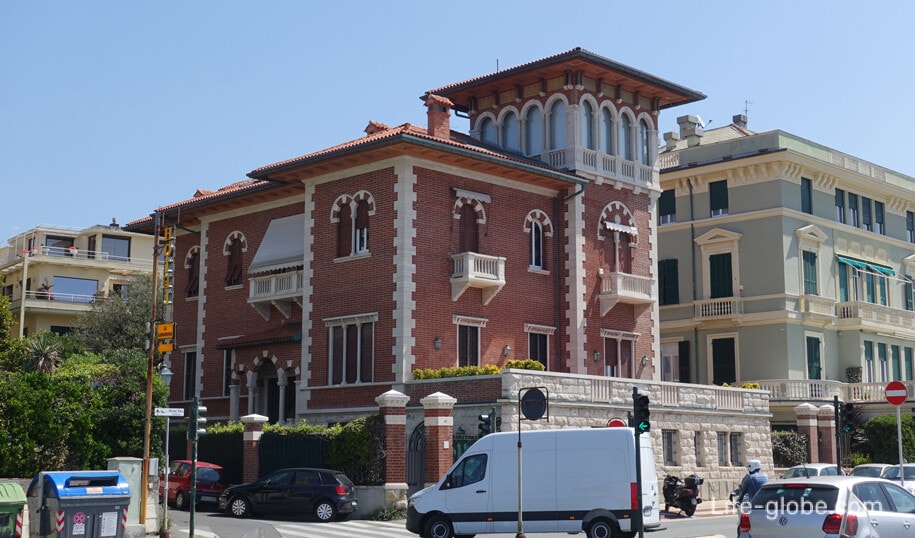
Remarkable Villa Canali Gaslini, located in a garden, on a hill on the road, Corso Italia
Villa - one of the last works of the Florentine architect Gino Coppede in Genoa, built between 1924 and 1925 for the Canali family in the style of Florentine Gothic of the fifteenth century.
During its history the Villa has changed several owners, was also the residence of the Consulate in Japan, and during the war was occupied by German troops, then allies.
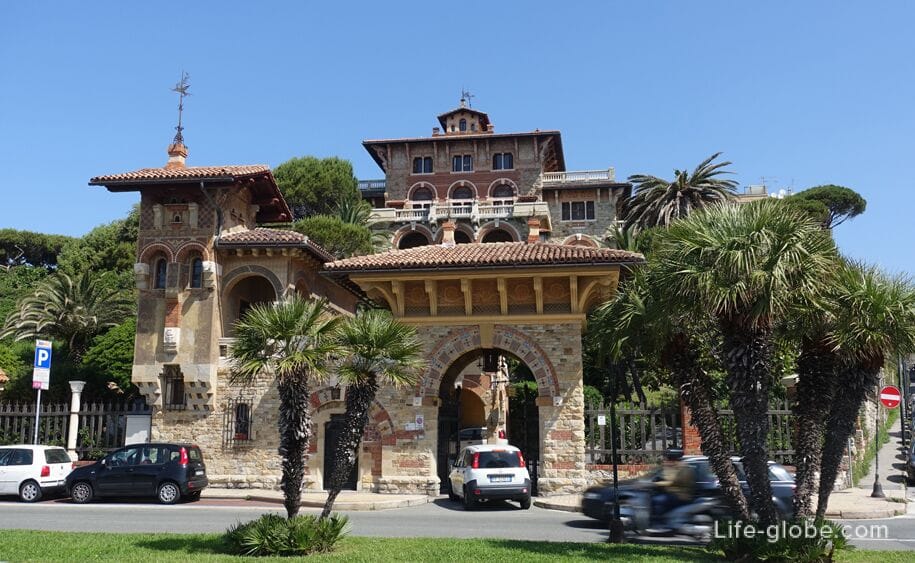
The lighthouse, located at the beginning of Corso Italy near several balances Vagno battery (Batteria del Vagno) - artillery post of the 19th century, built to protect the port of Genoa, who during the Second world war was used as an anti-aircraft post.
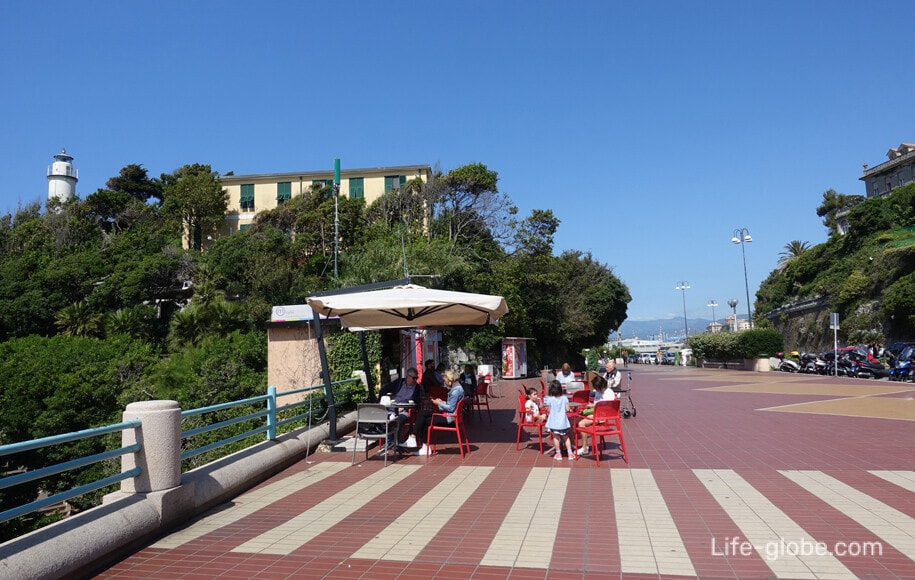
The Church of San Pietro, the full name is the Church of Saints Peter and Bernardo Alla Foce (Chiesa dei Santi Pietro e Bernardo alla Foce).
Primitive chapel on this site was registered between the 14th and 15th centuries. Completely rebuilt in 1952. Construction work was completed in 1958.
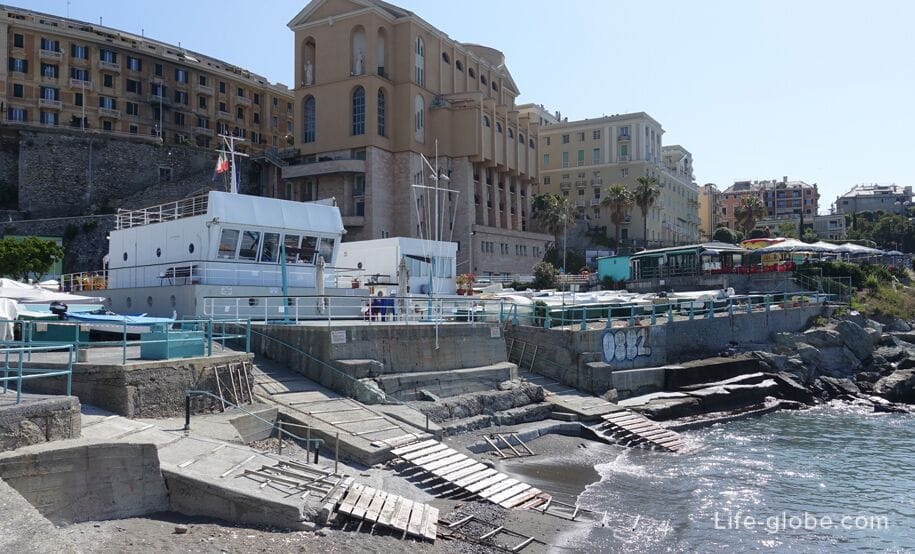
Fort San Giuliano (Forte San Giuliano), overlooking Corso Italia.
The Fort, together with the battery Vagno, formed the front for the defence of the coast East of Genova from possible enemy landings or the marine bombing.
The Fort was erected between 1826 and 1836 years in a place where coastal battery, called the "Sopranos battery" (batteria Sopranis), has existed since 1745.
During the Second world war the Fort was used for some time as a prison for anti-fascists and partisans.
In the postwar period part of the Fort was dismantled, the other was still in a state of neglect. May 13, 1995 the Fort became the headquarters of the provincial command of the Carabinieri in Genoa.
There are remains of a form between Corso Italia and Piero Gobetti (Via Piero Gobetti).
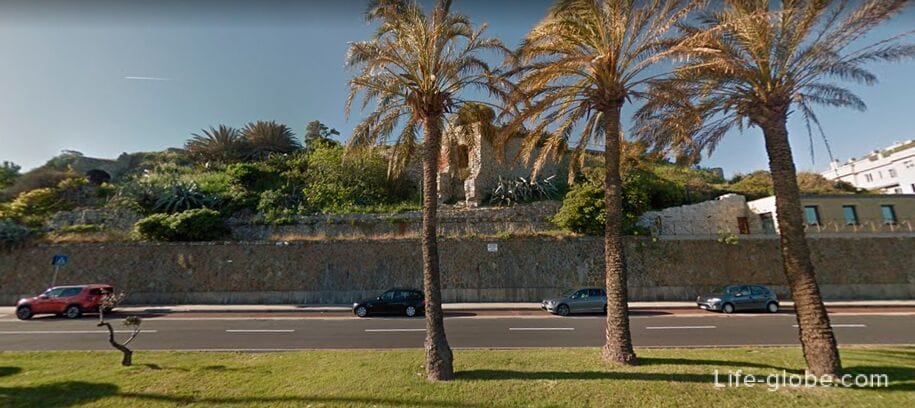
The Abbey of San Giuliano (Abbazia di San Giuliano), which is the ancient convent, founded in 1200 years of the Franciscan monks. The first official document that mentions the Church, dated 17 June 1282.
This is the only survivor of a small monastery complexes, once located along the coast of Alvaro or in the immediate vicinity and demolished during the construction of the Corso Italia.
The complex is currently in its appearance of the fifteenth century and consists of a monastery and Church. The style is Romanesque-Gothic.
The one-nave Church has a 16th century portal in black stone and a bell tower with a distinctive white and black stripes.


Church of St. Anthony (chiesa di Sant'antonio di Padova), signifying the end of Corso Italia and Boccadasse beginning, and as the Abbey of San Giuliano, located near marine waters.
The parish Church of St. Anthony of Padua, was originally a simple chapel, built in the early seventeenth century by fishermen and locals.
In 1787 the chapel was expanded and turned into a full-fledged Church. In 1827, the belfry was built. After, in the period between 1880 to 1978, the Shrine was restored several times and expanded.
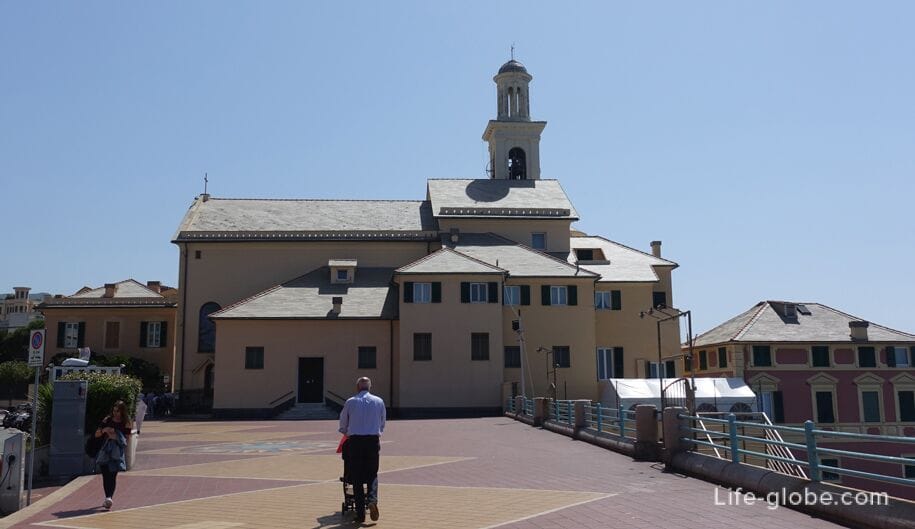
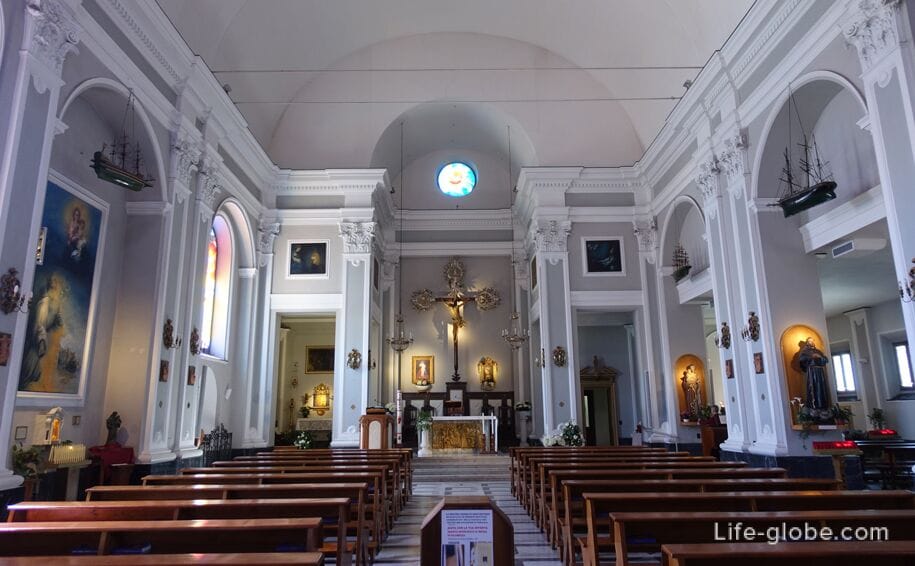
All accommodation facilities in Genoa, including in the city center, near the beaches and more remote from them, can be viewed and booked here